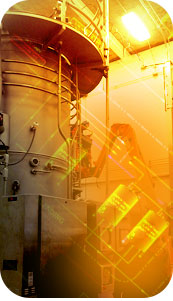Conservation and productivity can work hand-in-hand
Energy efficiency is a hot topic these days, and with good reason. Energy-efficient products and systems not only help preserve our environment; they help preserve profitability. By limiting resource usage and trimming utility bills, energy-efficient process systems have become an increasingly high priority at today’s process plants.
Modern process plants can benefit from a range of upgrades and strategic process improvements that capture energy within the system and reduce waste. For example:
Regenerative heating. By exchanging energy from a hot fluid that would normally be drained against a cold source of fluid that needs heating, process systems can recover and reuse many of the BTUs that that would otherwise be wasted.
Insulation. Applied effectively to process and utility piping and equipment, insulation helps retain therms and save energy. It also preserves BTUs in distribution piping to allow more efficient high-load delivery from the source.

Equipment selection. By replacing old, inefficient parts with new, energy-efficient options, plants reduce utility bills. Examples of easy-to-implement upgrades include pump motors that operate with VFDs to reduce energy consumption at low load points, and sizing pump heads that function close to the BEP (best efficiency point).
Workflow. Inefficient workflows and plant designs can lead to the waste of both human and industrial resources. A well-designed plant with a well-conceived workflow can eliminate inefficiencies to ensure that everything, and everyone, is working at optimal levels.
To learn more about energy-efficient plant upgrades, visit www.wrightps.com

